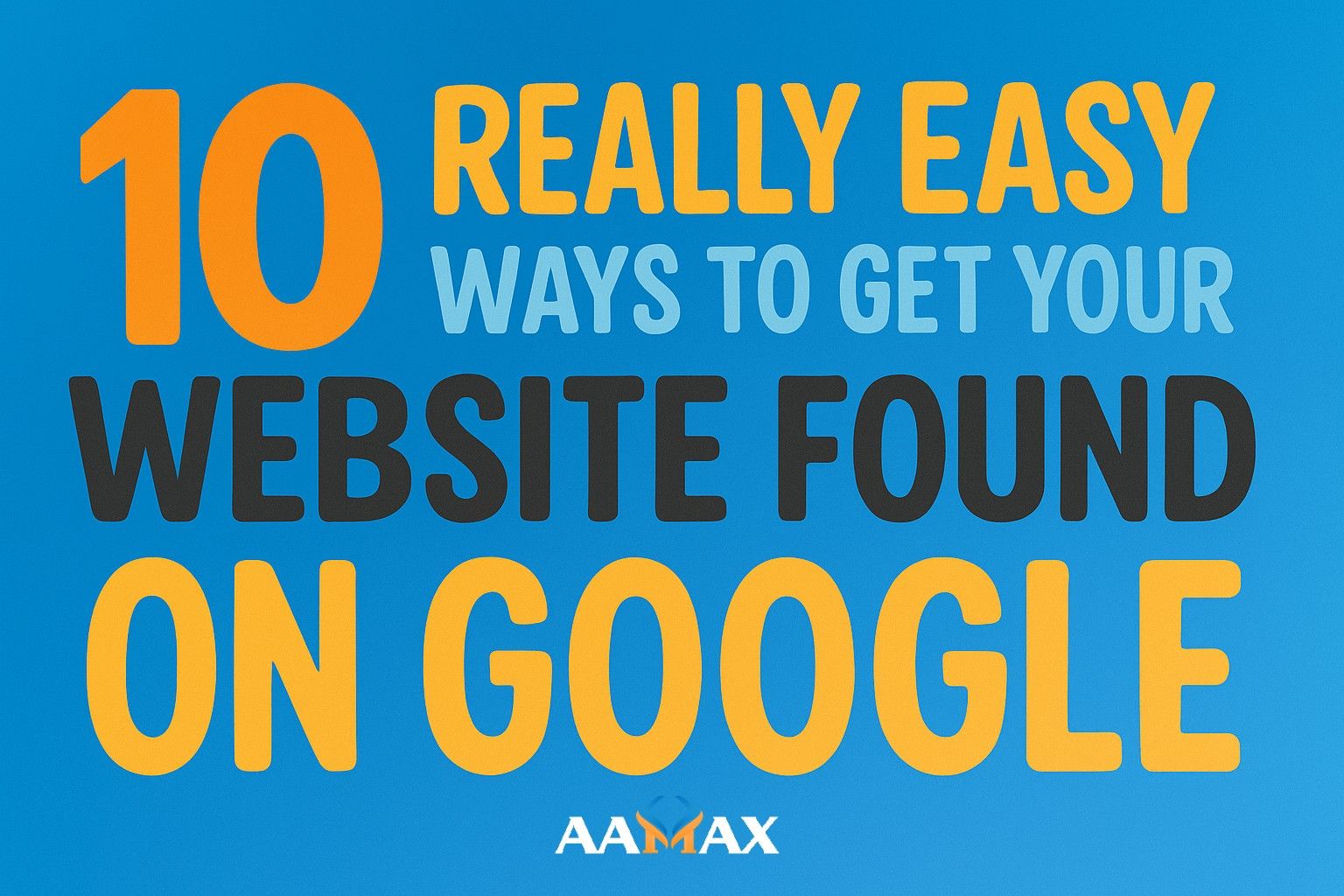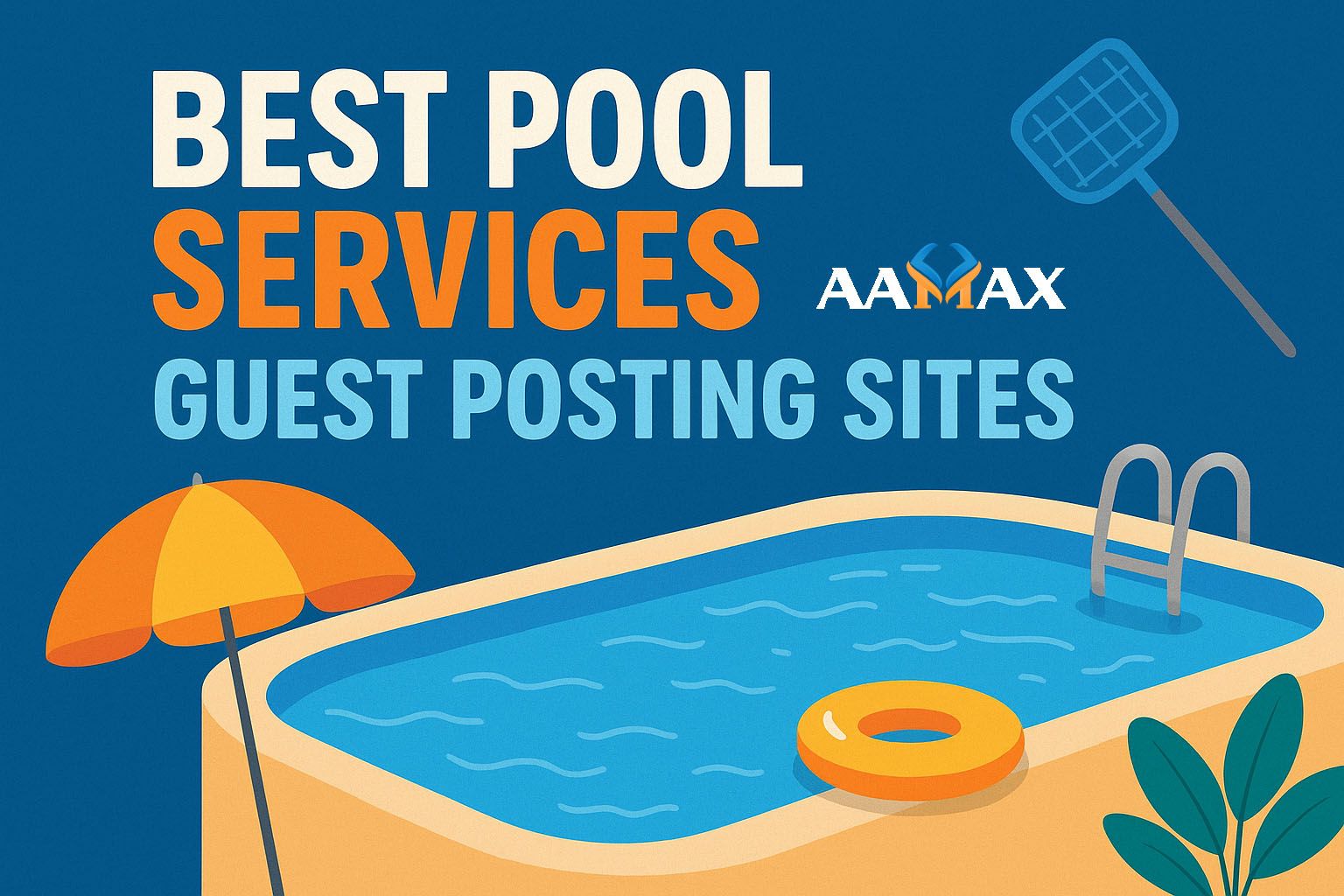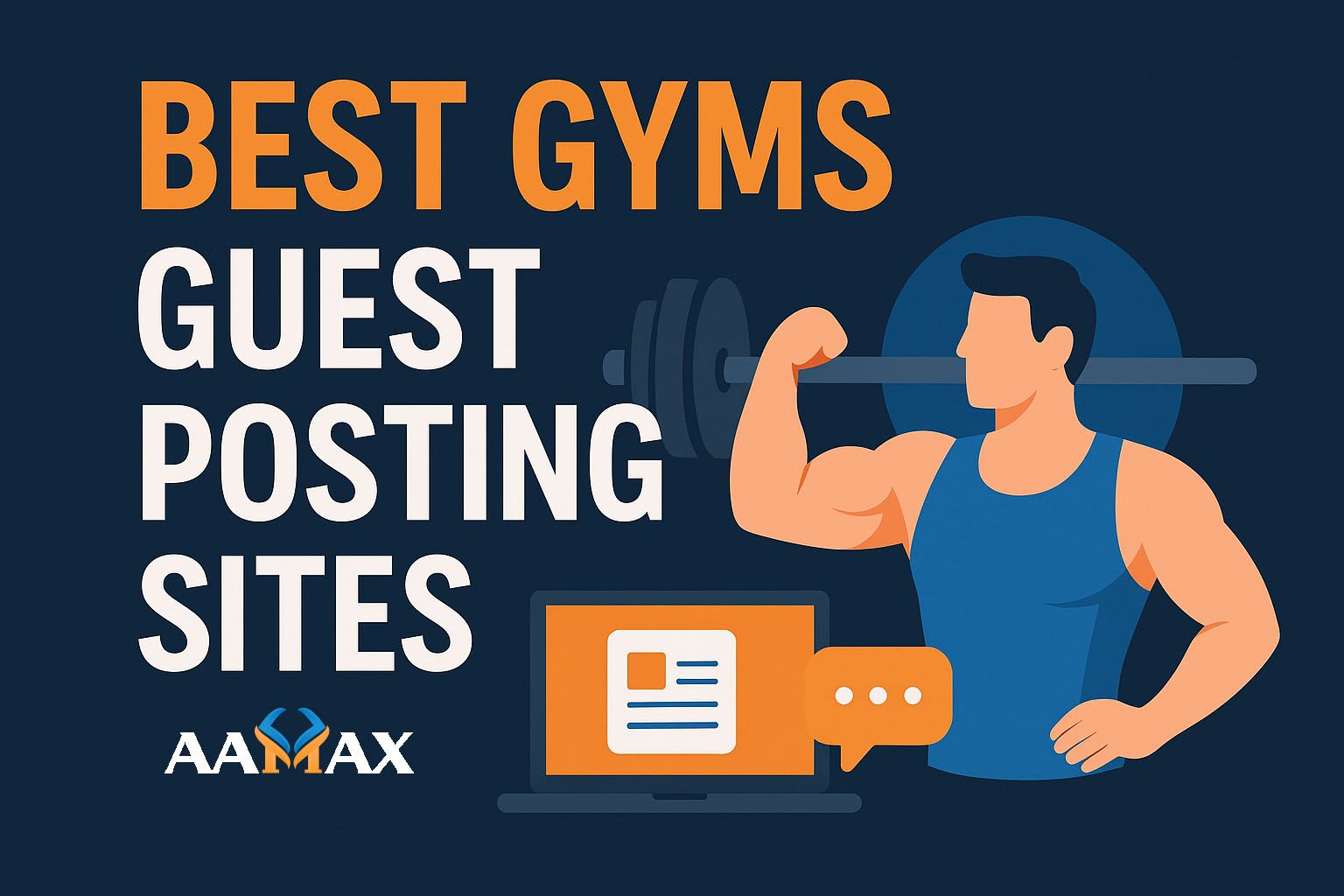
10 Really Easy Ways to Get Your Website Found on Google
If you’ve built a website, the next critical step is getting it found on Google. Without visibility, even the most beautiful website will sit idle, attracting no visitors or conversions. The good news? Getting found on Google doesn’t require advanced technical skills or big budgets if you follow practical, clear strategies.
Here are 10 really easy ways to get your website found on Google, helping you gain consistent organic traffic and build your online presence effectively.
If you need expert support to execute these steps fully and systematically, consider partnering with AAMAX, a full-service digital marketing agency offering Web Development, Digital Marketing, and SEO services.
Why Getting Found on Google Matters
Google remains the first place people turn to when looking for products, services, or answers. If your website ranks well, it builds credibility and captures high-quality, intent-driven traffic that converts.
Benefits of getting found on Google include:
- Increased website traffic without continuous ad spending
- Higher authority and brand visibility
- More leads and sales opportunities
- Long-term, sustainable growth
Let’s dive into practical, easy steps you can start today.
1. Use the Right Keywords Throughout Your Website
Keywords are the phrases your audience types into Google when searching for solutions. Researching and using the right keywords across your site helps Google understand what your website offers.
Steps:
- Use tools like Google Keyword Planner, Ubersuggest, or SEMrush.
- Identify keywords relevant to your business, products, or services.
- Incorporate these keywords naturally into your:
- Page titles
- Headings
- Meta descriptions
- Body content
- Image alt tags
- Focus on long-tail keywords like “affordable web design in Chicago” instead of just “web design.”
This alignment ensures your pages match what people are searching for, increasing your chances of ranking.
2. Optimize Your Website’s On-Page SEO
On-page SEO involves optimizing the individual pages on your website for better rankings.
Key optimization tasks:
- Title Tags: Use your primary keyword and keep it under 60 characters.
- Meta Descriptions: Write compelling summaries under 160 characters.
- Headings (H1, H2, H3): Use structured headings with relevant keywords.
- URL Structure: Keep URLs short, clean, and keyword-rich.
- Internal Linking: Link to relevant pages within your content to guide visitors and distribute link authority.
- Image Optimization: Use descriptive filenames and alt text for accessibility and search visibility.
3. Create High-Quality, Useful Content
Google prioritizes websites that provide valuable, helpful content. Blogging and creating evergreen resources can help you get found by targeting a range of keywords and search intents.
Examples of content you can create:
- How-to guides
- Product comparisons
- Industry insights
- Local guides
- FAQs your audience commonly asks
Focus on answering your audience’s questions, and use formatting like bullet points, subheadings, and visuals to enhance readability. Aim for depth, accuracy, and clear value in each piece you publish.
4. Make Sure Your Website is Mobile-Friendly
With over half of Google searches happening on mobile devices, having a mobile-friendly website is essential for both rankings and user experience.
To ensure mobile-friendliness:
- Use a responsive design that adapts to all screen sizes.
- Use readable font sizes.
- Ensure buttons and links are easy to click on mobile.
- Optimize images and videos for faster loading on mobile networks.
- Test your website using Google’s Mobile-Friendly Test tool.
A mobile-friendly site will not only help you get found on Google but also keep visitors engaged once they land on your site.
5. Speed Up Your Website
Google uses page speed as a ranking factor, and slow websites frustrate users, increasing bounce rates.
Tips to improve your website speed:
- Optimize and compress images.
- Use a reliable hosting provider.
- Minimize the use of heavy scripts and plugins.
- Enable browser caching and compression.
- Use a Content Delivery Network (CDN) for faster global delivery.
- Clean up unused code and scripts.
Tools like Google PageSpeed Insights or GTmetrix will help you identify specific improvements.
6. Submit Your Website to Google Search Console
Google Search Console is a free tool that helps you monitor and maintain your site’s presence on Google.
Steps:
- Sign up for Google Search Console and verify your site ownership.
- Submit your sitemap to help Google crawl and index your pages efficiently.
- Monitor indexing issues and fix errors as they arise.
- Review which keywords are driving traffic to your site.
- Check mobile usability issues.
Using Google Search Console actively will help you track your progress and identify opportunities for improvement.
7. Leverage Local SEO if You Serve a Local Audience
If your business serves a specific geographic area, local SEO will help your website get found by people searching nearby.
Local SEO tasks:
- Create and optimize your Google Business Profile with accurate contact information, photos, and service details.
- Encourage satisfied customers to leave Google reviews.
- Use local keywords like “bakery in Austin” within your website content.
- Add your business address and phone number clearly to your website.
- List your business in reputable local directories.
Local SEO helps your website appear in Google Maps and the local pack for relevant searches.
8. Get Backlinks from Other Websites
Backlinks are links from other websites to yours, signaling to Google that your website is credible and worth ranking.
Ways to get backlinks:
- Write guest posts for industry blogs.
- Create shareable content like infographics or statistics.
- List your site in reputable directories.
- Collaborate with partners and request website mentions.
- Offer testimonials to businesses you’ve worked with in exchange for a backlink.
- Build relationships with industry journalists and bloggers.
Focus on earning backlinks from reputable, relevant websites in your industry for the best impact.
9. Use Social Media to Share Your Content
While social signals are not a direct ranking factor, social media helps your content gain visibility, which can indirectly lead to more backlinks and traffic.
How to leverage social media:
- Share your new blog posts and pages on platforms like LinkedIn, Facebook, Instagram, and Twitter.
- Join industry-related groups to share your content and answer questions.
- Use appropriate hashtags to expand your reach.
- Encourage your followers to share your content.
Consistent social media sharing ensures your content reaches a wider audience, increasing the chances of it being found by the right people.
10. Keep Your Website Content Fresh and Updated
Google loves websites that stay active and relevant. Regularly updating your website signals that your content is up-to-date.
Ways to keep your website fresh:
- Add new blog posts regularly.
- Update existing articles with new information.
- Refresh product or service pages with new images, descriptions, or FAQs.
- Remove outdated content or redirect it to updated versions.
- Check for broken links and fix them promptly.
An active, updated website not only helps your Google rankings but also builds trust with visitors.
Additional Easy Tips to Improve Visibility
Beyond the 10 steps above, consider these bonus tactics to further improve your chances of getting found on Google:
- Use schema markup to enhance your search listings with rich snippets.
- Create video content, optimize it for YouTube, and embed it on your site.
- Answer questions on forums like Quora and link back to your website where relevant.
- Use email newsletters to share your content and bring visitors back to your site.
- Track your website analytics to identify what’s working and where to improve.
Final Thoughts: Take Action to Get Found on Google
Getting found on Google doesn’t require complex strategies or expensive tools. By applying these 10 really easy methods, you will increase your website’s visibility, attract targeted traffic, and create a foundation for sustainable online growth.
Remember, consistency is key. SEO is not an overnight process, but with steady effort, your rankings and traffic will improve over time.
If you want expert assistance to implement these strategies and maximize your website’s visibility on Google, consider partnering with AAMAX, a full-service digital marketing company offering Web Development, Digital Marketing, and SEO services to help you grow your business online.
Start today, and position your website to get found by the people searching for what you offer.







